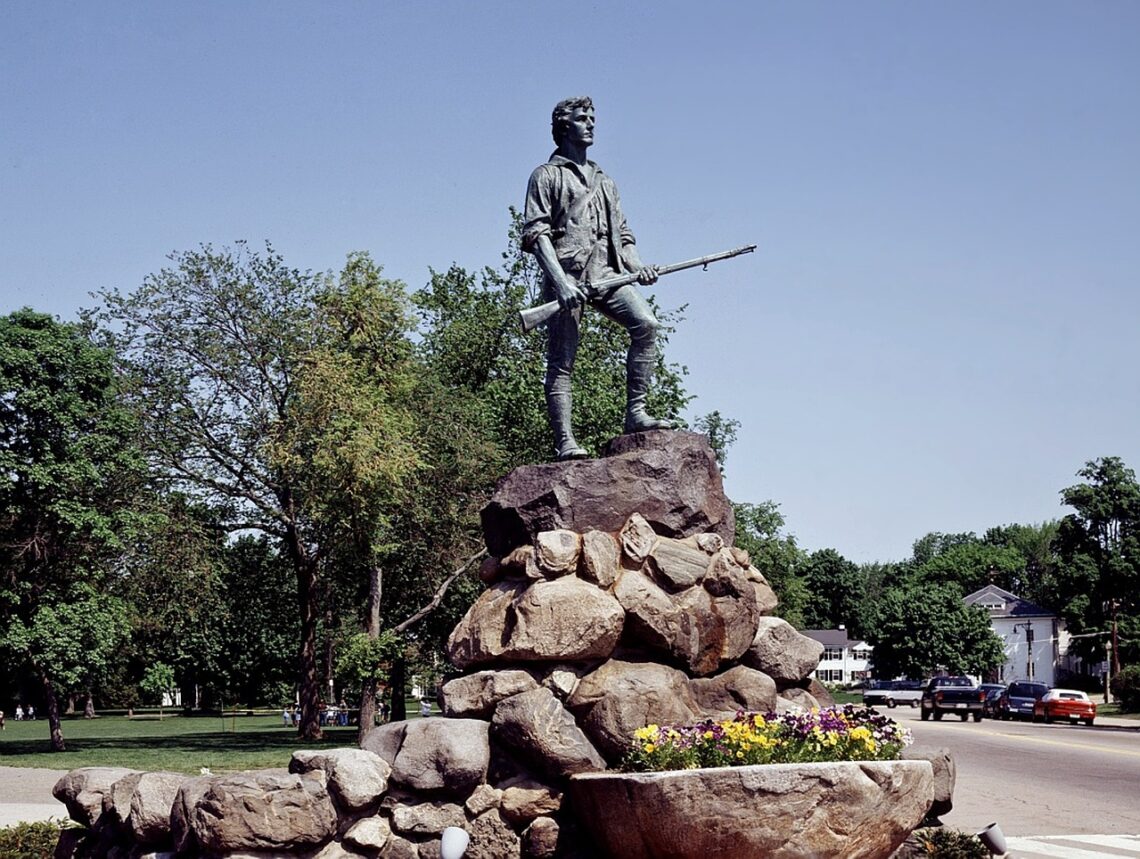“National Guard” and “militia” are often used interchangeably, leading to misconceptions about their distinct roles and responsibilities. While both entities bear historical connections, they represent different facets of the American defense structure. This article delves into the fundamental differences between the National Guard and the militia, highlighting the unique position of the sheriff’s posse as a civilian-led auxiliary force.
The National Guard: A Reserve Military Component
The National Guard, established under federal and state laws, serves as a reserve military force composed of citizen soldiers who maintain dual membership with the federal and state military. This dual status allows them to respond to federal and state emergencies, providing a flexible and readily deployable defense force.
The National Guard’s primary mission is to provide a trained and equipped reserve force for the United States Army and Air Force. When activated by the federal government, National Guard units fall under federal command and may be deployed overseas or domestically for various missions, including combat operations, disaster relief, and homeland security initiatives.
The Militia: The Unorganized Body of Able-Bodied Citizens
In contrast to the organized National Guard, the militia encompasses a broader body of able-bodied citizens considered potential military personnel. The Second Amendment of the United States Constitution guarantees the right of the people to keep and bear arms, which has been interpreted to include the right to form militias.
The militia, often called the “unorganized militia,” comprises all individuals who meet the age and physical requirements for military service. These individuals need to be formally organized or trained. Still, they may be called upon to serve in times of national emergency or rebellion.
The Sheriff’s Posse: A Civilian-Led Auxiliary Force
Sheriffs, as the chief law enforcement officers of their respective counties, possess the authority to deputize citizens to maintain law and order. This temporary deputization, known as a posse comitatus, empowers these individuals to act as law enforcement officers with limited arrest and use of force powers.
The sheriff’s posse serves as a civilian-led auxiliary force, complementing the efforts of the regular sheriff’s department. Posse members are typically called upon during emergencies, such as natural disasters, large-scale public events, or manhunts, to provide additional manpower and support.
Critical Distinctions Between the National Guard and the Militia
- Organization and Training: The National Guard is a highly organized and trained military force, while the militia consists of unorganized and untrained civilians.
- Command and Control: The National Guard falls under federal or state authority, depending on the nature of its activation. The militia, on the other hand, is not subject to any formal command structure.
- Role and Mission: The National Guard’s primary function is to serve as a reserve military force. In contrast, the militia’s role is more nebulous and primarily serves as a deterrent against government overreach.
- Activation: The National Guard is activated by the federal or state governor. In contrast, the sheriff’s posse is activated by the sheriff.
- Equipage: The National Guard is equipped with military-grade weapons and equipment. At the same time, the sheriff’s posse typically relies on personal firearms and equipment.
The National Guard and the militia represent distinct components of the American defense structure. The National Guard serves as a trained and organized reserve military force. At the same time, the citizen militia encompasses the broader body of able-bodied citizens who may be called upon to serve in times of national emergency. The sheriff’s posse, as a civilian-led auxiliary force, plays a complementary role in assisting law enforcement during emergencies and large-scale events. Understanding these distinctions is crucial for comprehending the intricate balance between civilian and military power in the United States.
The following article will be about the right to bear arms. Stay tuned.





